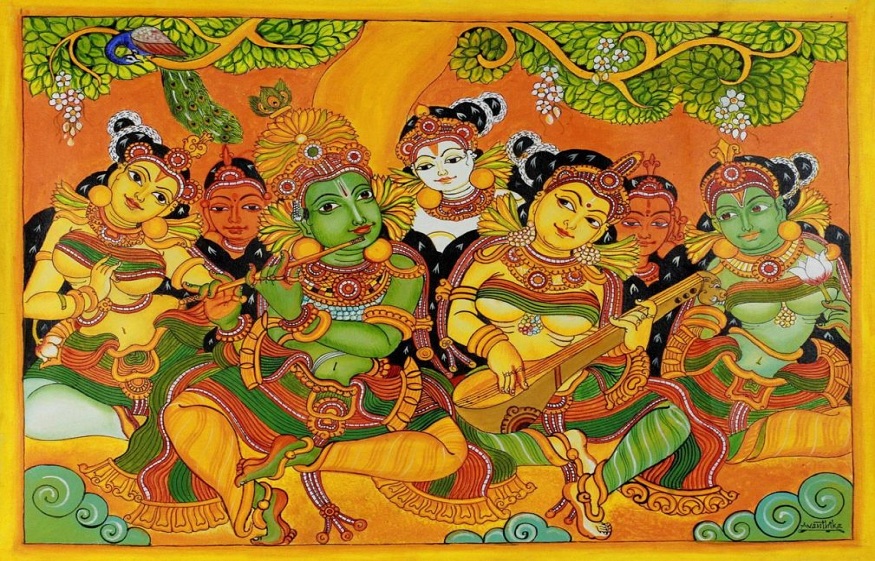
The Story behind India’s folk art forms
India’s creative inheritance is one we ought to be gigantically glad for. From the popular paintings of Rajasthan to Madhubani art, our nation has different types of art forms. While some began as wall art, remaining discovered their respectful beginnings as components of design on temple walls. With a large group of energetic histories, Indian people’s fine arts leave a permanent engraving on our souls and brains. Consequently, there could be no more excellent approach to travel to every part of the country right now than through various art forms.
Here are probably the most famous art forms from India:
Rajasthani Indian Art
Old-style Indian art is separated into four schools of art—Pahari, Mughal, Rajasthani, and Deccani. Among them, Rajasthani Indian Art is maybe the most notable kind with its lavish highlights and vibrant tone. The most popular artwork of Rajasthan is regularly mentioned as the Rajput way of painting as they boom in the royal courts and families of Rajputana in the seventeenth and eighteenth century. As contrasted with their Mughal partners, these artworks had generally fuller canvases with small or no spaces. Well-known paintings of Rajasthan are generally made with splendid hues like red, blue, yellow, white, brown with a touch of goldand silver for a lavish look.
Pichwai Art
Pichwai art is devoted to loving and loving Shrinathji. Therefore, perhaps the most notable types of Pichwai painting appear the god of Srinathji being loved or scenes from his life. ‘Pichwai’ originated from ‘pitch (back) and ‘wai’ (wall hanging), alluding to the conventional utilization of a Pichwai painting as a wall hanging beyond the divinities at Nathdwara temple. One of the most interesting features of this art is the portrayal of Chowbees Swaroop, i.e., Krishna’s 24 heavenly avatars. These were for the most part found on the boundary of a Pichwai painting yet these days they are being changed into individual artworks.
Kalighat art
Pattachitra art is separated into two streams—Odisha and Bengali Pattachitra. Kalighat painting developed from the last structure. The genre of Kalighat art is known to have been brought into the world in the Kalighat space of Bengal. It was a hit among British travelers and officials visiting India on true obligation and searching for a memento. Painted on factory-made paper, a Kalighat painting is a consolidated type of a Pattachitra painting since it centers around only a couple of figurines, mostly gods and goddesses from Hindu mythology.
Pattachitra art
The other stop on this artistic journey is a little heritage village in Orissa called Raghurajpur which is notable for Pattachitra art. A Pattachitra painting was used to change the figurine in the Jagannath temple. In any case, today Pattachitra art has gone far off the bounds of temple walls and entered homes and workplaces. Pattachitra art can be excluded from Bengali Pattachitra and Odisha Pattachitra. An Odisha Patachitra painting is generally used to change the gods at Jagannath temple while a Bengali Patachitra painting has performative starting points.
Madhubani art
Madhubani art, also called Mithila art, is a 2500-year-old form of art. Still, it started as a type of wall art, it has now found a more extensive audience through its presence on coasters & sarees. Madhubani art has an intrinsic capacity to catch your attention with its special examples and themes. Aside from walls, a Madhubani painting was customarily made on handmade paper with Multani mitti, neem squeeze, and cow dung. There are 5 primary styles of making a Madhubani painting— Kachin, Godhana, Tantric, Bharni, and Khobar.




